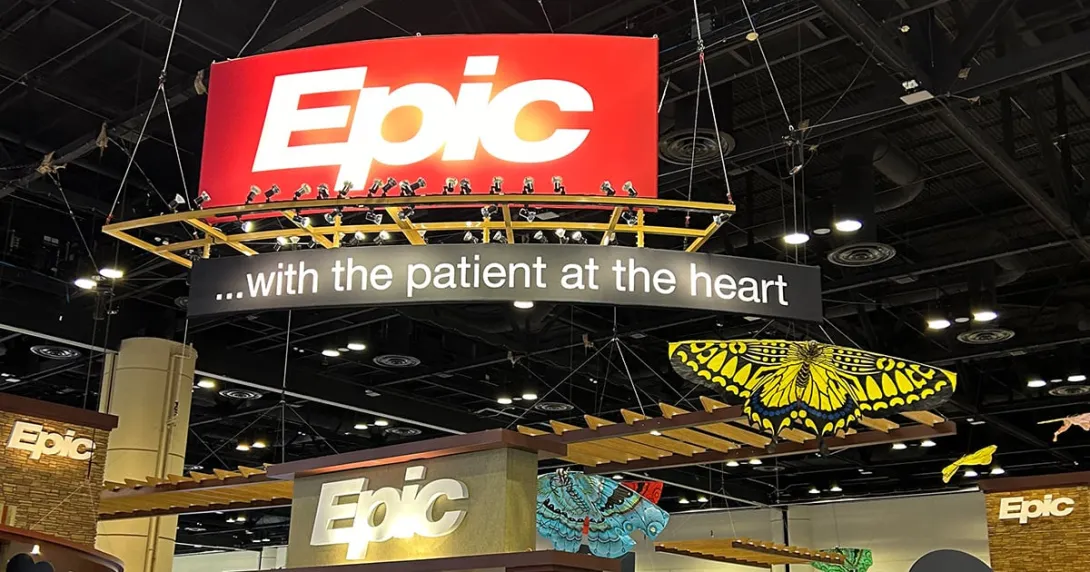New Minnesota legislation places a deadline on providers to adopt electronic billing technology, making it the first state in the nation to do so, and setting the stage perhaps for others to follow.
Minnesota has set a Dec. 15 deadline for the shift to automated claims.
By law, the new technology must be HIPAA compliant and significantly reduce the amount of manual intervention. Minnesota health officials say they hope to lower the costs and improve quality of care by reducing claims payment turnaround time from payers.
By eliminating time and money spent on postage, e-claims technology could help providers see an increased ROI, with more time to spend with patients and less time spent on billing claims, they say.
“Most physician practices send out on average around 800 bills per month,” said Brian O’Neill, president of an online clearinghouse called Office Ally that provides e-claims services to healthcare providers for a monthly fee.
“The government estimates that these practices spend around $380 per month on postage. Twenty-seven percent of the 800 bills processed usually are written off by practices as uncollected revenue, annually translating to $100,000 in lost revenue.”
The Office Ally online platform is one way that some Minnesota providers plan to use to meet the December deadline. More than 280,000 healthcare organizations are currently using the Office Ally platform, O’Neill said.
For smaller physician practices, clearinghouses seem to be a cost effective alternative to expensive IT implementations.
“RiverView uses a clearinghouse because we don’t have the manpower to support information technology,” said Celina Mosser, from RiverView Clinic “We can’t afford it. Using clearinghouses allows us to transition to eClaims in an affordable way.”
Minnesota’s health plans have contracted with Piscataway, N.J.- based IGI Health to offer healthcare providers MN E-Connect, a Web-based portal that will help them comply with the new law.
“IGI presented a solution that met our most critical requirements: MN E-Connect is easy to use, even for providers who have limited technical resources – and can also meet the needs of rapidly changing offices, hospitals and payer systems,” said Julie Brunner, executive director of the Minnesota Council of Health Plans.
Minnesota’s goal for the new legislation is to develop a standard eClaims companion guide to eliminate the hundreds of payer companion guides.
From this standardization, the healthcare sector has predicted annual savings reaching $50 million, said Robert Tennant, senior policy adviser at the Medical Group Management Association.
Minnesota officials have taken a step beyond the national laws and have mandated a standardized companion guide, Tennant said. “Many have lamented the multiple different companion guides and Minnesota has taken the lead,” he said. “This does pose a potential hardship for practices that haven’t invested in HIT, however.”
The MGMA has submitted a proposal for a national standardized payer identifier, stating that a lack of standardization among health plans has driven up the cost of care for patients because of the inability to route transactions in a timely manner, which in turn delays payment to the provider and care to the patient.
MGMA proposed a deadline to the Department of Health and Human Services of Dec. 31, 2009.

